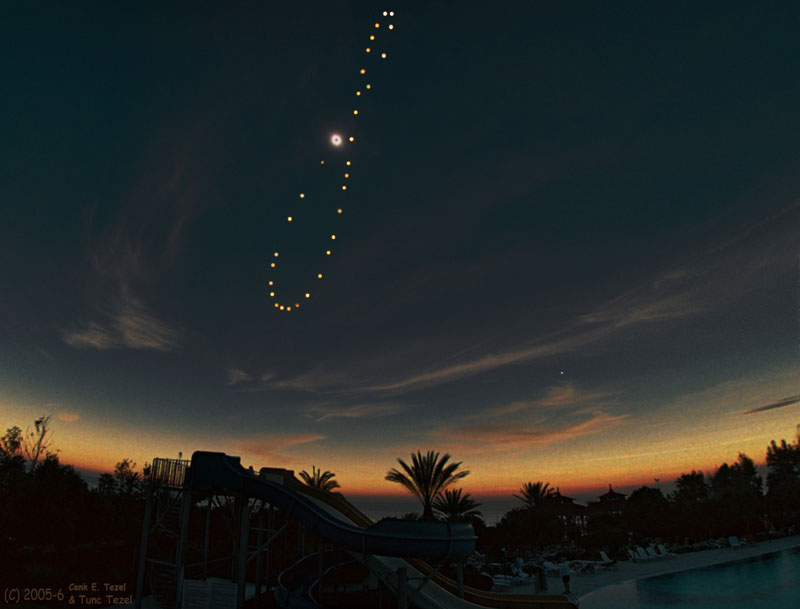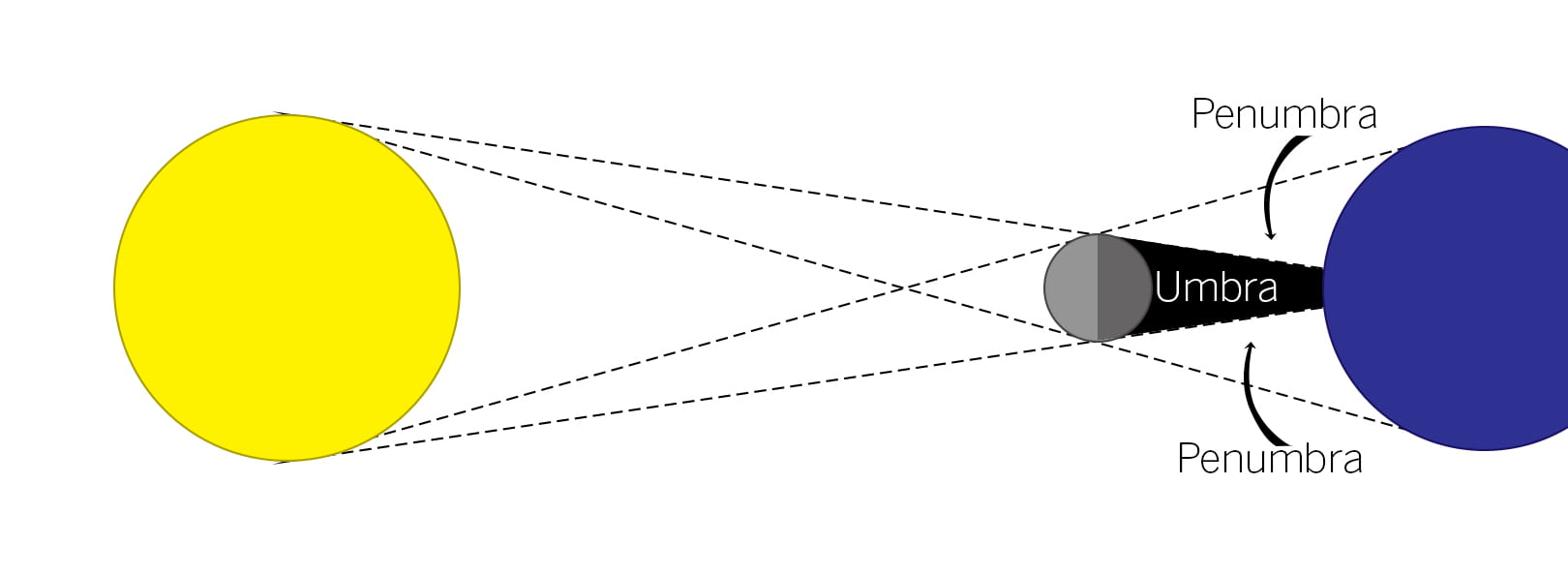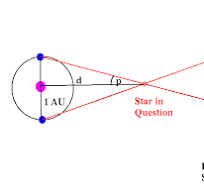Cosmology-First Test
1/130
There's no tags or description
Looks like no tags are added yet.
Name | Mastery | Learn | Test | Matching | Spaced |
|---|
No study sessions yet.
131 Terms
Astronomy
(Greek): astron= star, nomos= district or abode.
Study of the universe
Solar System
The sun and all bodies which orbit around it
Galaxy
Huge grouping of usually hundreds of billions of stars, as well as gas and dust.
Universe
Turning; everything natural created by God; everything that exists can be measured
Astrology
Getting information or meaning from the stars, predicting the future
Exponential Notation
1 × 10^9 = billion, etc. etc. 10^-6= 1 millionth
Lightyear
Distance, speed of light= 186,000 miles/second
3000,000 km/s= cosmic speed limit
Trivium
Foundational: grammar, rhetoric, and logic
Quadrivium
Geometry, arithmetic, music, and astronomy
Astronomy was the basis of ________ and _________
time, calendars (farming, migrating, and navigation)
Day
Sun compared to cardinal points on horizon (local meridian)
Year
Sun compared to where the stars in the sky are.
Month
Moon-moonth
Constellations
Originally est. as navigational “sky marks” not affected by earthly influences.
Don’t have to look like what they’re supposed to rep, 88 official
Celestial Sphere
Motions appear spherical at cursory glance, so pick a special coordinate system.
Declination
Analogous to latitude
Right ascension
Analogous to longitude
Sexagesimal System
Angular measure_ by sixties.
Sun and moon are 30 arc minutes in diameter
North and South Celestial Poles
At ends of rotation axis.
If a star is near this point, it makes an excellent navigational device since the pole doesn’t move and is always visible except from the equator
Celestial equator
½ between poles, perpendicular to axis
Ecliptic
The path of the Sun among the fixed stars.
Zodiac
The 12 constellations the Sun passes through is (zone of the animals)
Vernal and Autumnal Equinoxes
Where the ecliptic crosses the celestial equator.
First day of fall and first day of spring, exactly 12 hours of day and night everywhere on Earth (except for the poles)
Solstices
hen the sun is furthest above and below the celestial equator; 23.5 degrees
Nadir
Point directly beneath your feet
Celestial Meridian
Great circle which passers through the N point, Zenith, South point, and Nadir
Sidereal Day
Celestial sphere spun every 23 hr, 56 min, and 4 secs!
Solar Day
Sun returned to the same place (altitude and an azimuth in the sky every 24 hrs) Rises 4 mins later every day.
Cause of Seasons
23.5 tilt of the Earth’s equator with respect to the ecliptic (the plane of the Earth’s orbit), or the tilt of the Earth’s rotational axis with respect to a perpendicular to the ecliptic.
Insolation
Curvature of the Earth spreads the collimated bundle of sunlight over unequal areas depending on the elevation of the sun (in coming solar radiation)
Solstice principle
Different rising and setting positions of the sun through the year was used by the ancient people for establishing accurate calendars.
North Pole
Emphasize ecliptic and 6-month long day and night
Arctic Circle
Summer Solstice
Tropic of Cancer
Sun at Zenith and at noon, the shadows disappear
Local hour angle (LHA)
The angle measured westward along the celestial equator from the local meridian to the hour circle (meridian) of the object.
Day
Time between successive transits (local meridian crossings) of a celestial object. From the meridian back to the meridian.
Local Sidereal Time (LST)
Local hour angle of the vernal (local star time)
Local Apparent Solar Time (LAST)
Local hour angle of the sun plus 12 hours (to make the day change at midnight, i.e. when Sun is at “lowest” point); the time that sundials keep (not watch)
Ante Meridian (AM)
Before the local meridian
Post meridian (PM)
After or past the local meridian
Sun’s eastward motion varies through the year due to…
Sun moves along the ecliptic, NOT the equator
Earth’s orbit is an eclipse, which makes the sun appear to move fastest when we are closest to it and slowest when furthest from it.
Mean sun
An imaginary sun which travels uniformly along the celestial equator, and whose motion matches the average motion of the real sun.
Local mean solar time (LMST)
Local hour angle of the mean (fictitious) sun plus 12 hours
Analemma
Depicts both the deviation of the true sun from uniform motion as well as the seasonal varying altitude of the real sun through the year.

The international date line
When you cross it going to the west you lose a day. Crossing from west to east you dain a day. Where it’s placed is arbitrary.
Daylight savings time
Purpose is to shift daylight hours into the evening i.e., sunrise occurs very early in the spring and summer months in the mid latitudes.
Julian Calendar
Every fourth year would have an extra day, a leap year added to the last month of the year which was Feb, only had 29 days in it at the time. (46 BC)
Gregorian Calendar
All years evenly divisible by 4 are leap years, except century years (1600, 1700, 1800, etc.) if they were divisible by 400
(2000 was not, 2100 will)
Sidereal Period
27.3 days is time for moon to complete its 360 degree orbit.
Synodic Period
Difference due to Earth’s orbital motion around the sun.
29.5306 days, Moon must go on extra 2 days and to make up for the ~27 degrees that the Earth moved in its orbit
Moon Phase
Moon illuminated by the sun and because of this and the fact that it’s a sphere
Blue Moon
2 full moons in the same month, once every 2-3 years.
New Moon
Will be wherever the sun is
Does the moon rotate?
Yes. Spin orbit synchronization.
Geometry of a solar eclipse

Conditions of a lunar eclipse
Full moon, moon at or near a node (on or near the ecliptic)
Why don’t lunar eclipses happen every month?
5 degree inclination of the moon’s orbit with respect to the ecliptic and usually isn’t on the ecliptic at full (or new moon)
If it was the same places, we'd have them every six months an in the same month.
But we have the regression of nodes, a rotation of the line of apses so that eclipse season progress to a different times of the year.
Regressions of nodes
A rotation of the line of apses, so that eclipse seasons progress to different times of the year (18.6 years)
Conditions of a solar eclipse
New moon, moon at or near a node
Aristotle’s Arguments for a spherical Earth
Earth was a sphere because its shadow on the moon during a lunar eclipse is obviously curved.
Observes who travel in latitude (N+S) on the Earth see different stars change their altitude.
As ships approach port they are seen gradually from the mast down, not in their entirety, so this must be because of Earth’s curved horizon
AU
Known accurately from measuring distances to inner planets via radar ranging.
Pythagoras
Concentric crystalline spheres, one for the stars and each moving celestial body (sun, moon, planets)
Sphericity of ALL celestial objects since that’s the perfect shape. Curved shape of moon’s terminator.
Aristotle
Correctly understood the Moon’’s phases as well as lunar and solar eclipses
Argued for a spherical Earth.
Parsec
Distance to a star which exhibits a parallax of 1 _____ due to the Earth’s baseline of 1 AM.
1 _________=3.26 light years = 19 trillion miles.
Parallax Equation
d=1/pie (but not pie) or r=1/pie (but not pie).
Pie= 0.1 —> d=1/0.1=10 pc
Pie= 0/01 —> d=1/0.01=100 pc
Parallax
The apparent shifting of an object with respect to more distant objects because of the changing of the observer’s perspective. (position)
ex. the finger in front of the blinking eyes trick. r=1/pie
1838
Parallax first detected in _____
Parallax angle

Stellar parallax
Stellar distances to the nearthest star.
Moving platform is the orbiting Earth around the sun, the baseline being the distance from the Earth to the Sun defined as the astronomical unit (AU). As the Earth orbits the sun, stars will appear to shift their positions which can then be employed to determine their distances from the Earth.
Visible effects of precession
NCP travels in a circle with a 26,000 year period, thus shifting the pole star through the ages.
That the vernal equinox passes eastward through through the zodiac, passing through a new constellation every 2000 years.
Precession
Caused by the gravitational tugging of the sun and in lesser part the Moon to attempt to right the Earth’s equator and pull it into alignment with the ecliptic
Since the Earth has angular momentum, it wants to keep its axis always pointed in the same direction, and so pulling creates a torque that results
Saros Cycle
The identical eclipse —> every 18.6 years and a 1/3 of the way over.
Anomalistic month
distance from the earth, 27.55455
Nodical month
Respect to the node, 27.2 days
Synodic Month
Moon phase, 29.5306 days
To have an eclipse of the same hype the following conditions
Moon must be at the same phase again (new or full) (synodic month)
When at that phase, the Moon must be in the same place with respect to the node (medical month)
Sun and moon must have the same distances from the Earth again (anomalistic month)
(Superior Planets) Solve the triangle for the planet’s distance
PS= (1 AU) cos(angle PSQ)
(Inferior Planets) Measure the elongation angle with a sextant and we can solve for the trigonometry relation
x= (1 AU) sin(elongation angle)
Superior planets
Those further from the Sun than the Earth (Mars, Jupiter, and Saturn)
(Superior Planets), Opposition
Planet on opposite side of Earth away from Sun
(Superior Planets), Connection
Planet on opposite side of Sun away from Earth
(Superior Planets), Quadrature
Sun-Earth-Planet angle is 90 degrees
Greatest Western Elongation
When an inferior planet is furthest west of the Sun as seen from Earth
Sun-planet-earth angle is 90 degrees
Greatest Eastern Elongation
When an inferior planet is furtherst east of the Sun as seen from Earth
Sun-planet-earth angle is 90 degrees
Superior Conjunction
When inferior planet lines up with Earth and Sun but is on the opposite side of the Sun from the Earth.
Tycho Brahe
Accurate and voluminous pre-telescopic observations from his royally-funded observatory
Found evidence that the Ptolemaic system was untenable (Guest star, new comet)
Couldn’t observe stellar parallax, meaning that the Earth couldn’t move
Cosmology: stationary Earth with the Sun orbiting it, but all other planets orbited the Sun
Inferior Conjunction
When inferior planet lines up in between the Earth and Sun
Inferior P
Those closer to the Sun than Earth (Mercury or Venus)
Nicholas Copernicus
Polish scholar, known for his mathematical and astronomical insight
Didn’t like ptolemaic geocentric system, it did away with Greek uniform circular motion
Heliocentric
Heliocentric Universe
Ptolemy’s model that became accepted as reality
Everything changes to nothing changes
Earth-decay, change, everything eventually grinds to a halt if you start moving.
Moon-boundary between earthly and heavenly, always moving, its face always changing (phases). But always same face (spin-orbit lock)
Mercury, Venus, Sun, Mars, Jupiter, Saturn in order of their speed (slowing down)
Stars, Primum Mobile, Heaven itself (unchanging)
Johannes Kepler
German astronomer, mathematician, and astrologer
Believed the heliocentric model, and needed accurate data to attempt to find mathematical formula which would describe it.
Fit Mars’ orbit to an ellipse, finally overcoming the prejudice for the circle being the “perfect” shape.
Ellipse Geometry
Major axis, semi major axis, minor axis, focus
eccentricity = distance from focus to center/semimajor axis
Eccentricity
ranges from zero (a circle) to 1 (a parabola)
Kepler’s 1st Law
All planets move around the Sun in ellipses with the Sun at one focus of the ellipse
Kepler’s 2nd Law
The straight line joining a planet to the Sun sweeps out equal areas in e
Kepler’s 3rd Law
The squares of the sidereal periods of the planets is directly proportional to the cubes of their semimajor axes.
Kepler’s 3rd Law equation
P2 = ka3
p= sidereal period (years)
a= semimajor axis (AUs)
k= proportional constant to make the units come out correctly, (1)
Galileo Galilei
Italian scientist and mathematician, arguably the originator of experimental science; test a hypothesis by examining nature, don’t assume it’s correct because it seems logical in your mind.
Demonstrated that bodies of very different masses all fall at the same rate (acceleration is constant) , and idea totally against Aristotelian philosophy.
Galileo’s telescopic observations
Signaled the deathblow to the geocentric hypothesis
Discovered 4 satellites that orbited Jupiter in it’s equatorial plane
Proved that not everything orbited the Earth, and that Jupiter’s moons had no problem keeping up with Jupiter as it moved.
Moon revealed to be rough
Black spots moving indicating that the sun itself rotated
Venus showed that it exhibited phases similar to the moon. Had to orbit the sun